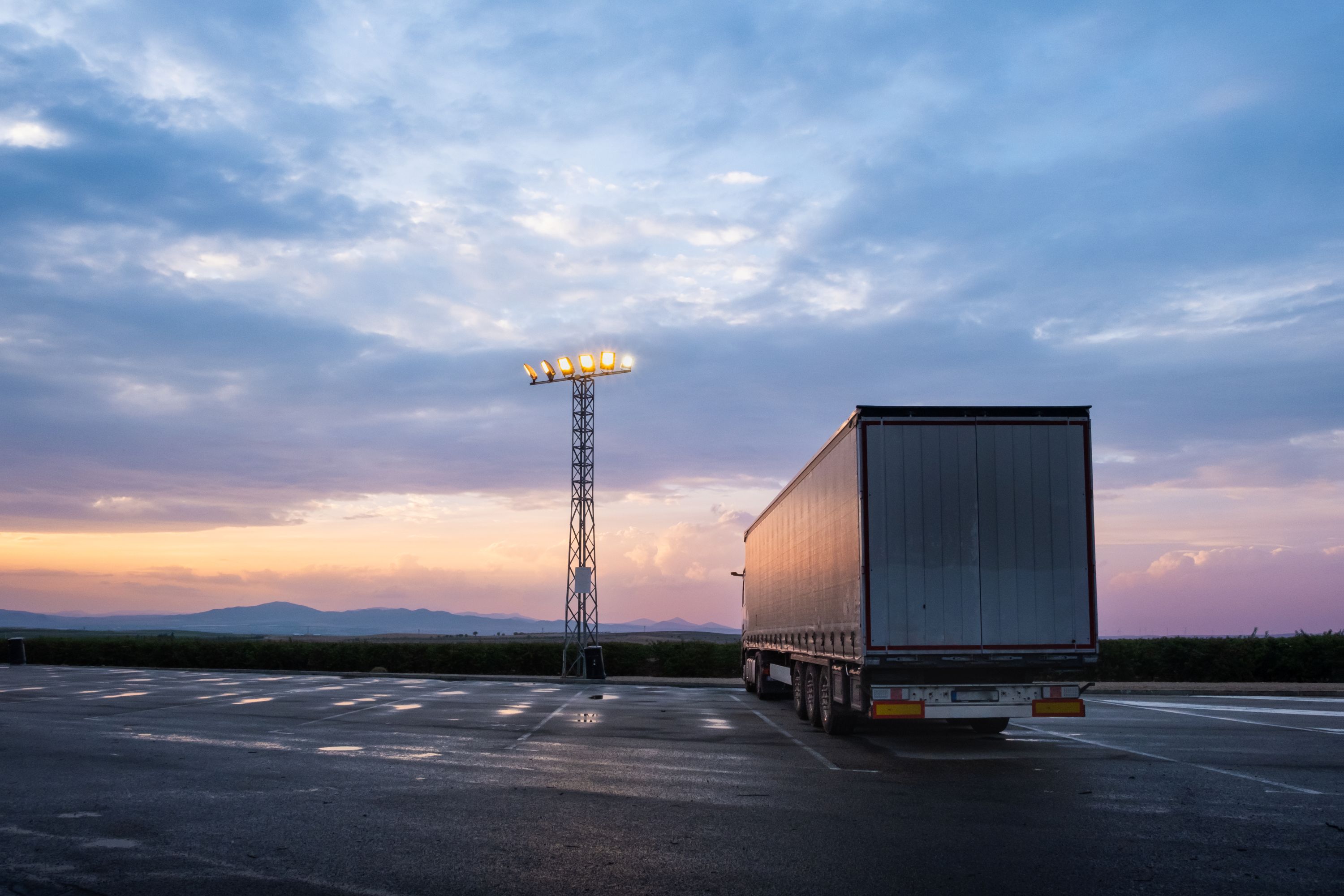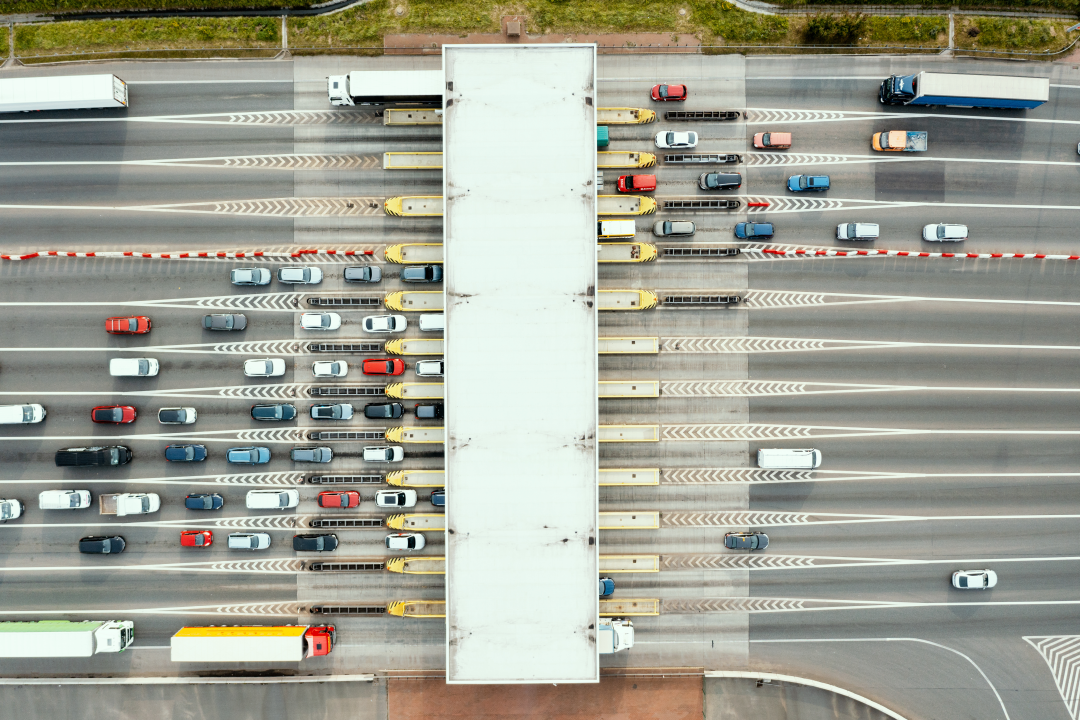
Guest
A 2025-ös ibériai-félszigeti áramszünet hatása a közúti árufuvarozásra
Létrehozva: 04. 06. 2025
•
Frissítve: 04. 06. 2025
- április 28-án széles körű áramkimaradás söpört végig az Ibériai-félszigeten, így Spanyolországban és Portugáliában több millió otthon, vállalkozás és közszolgáltatás maradt áram nélkül. A spanyol-portugál áramszünet, amely helyi idő szerint 12:33-kor kezdődött, olyan nagyvárosokat érintett, mint Madrid, Barcelona, Lisszabon és Porto, valamint a környező régiók nagy részét. Egyes területeken négy-hat órán belül visszatért az áramszolgáltatás, máshol a zavarok a következő reggelig tartottak.
Bár a pontos okot még vizsgálják, az első jelentések szerint a határokon átnyúló átviteli hálózat meghibásodása miatt mindkét nemzeti hálózaton megszakadt a villamosenergia-áramlás. A hatás gyors és széles körű volt, leállította a vonatközlekedést, földre kényszerítette a repülőgépeket, hatással volt a kórházakra és a közszolgáltatásokra, és megbénította a digitális infrastruktúrát. A közlekedési és logisztikai ágazat számára a kihívás azonnali volt, és a közúti működés minden aspektusát érintette, a teherfuvarozástól és az üzemanyag-ellátástól kezdve a forgalomirányításon át a járművezetők jólétéig.
"Amikor az áramellátás megszűnik, számos olyan rendszer is megszűnik, amelyre az utak biztonsága érdekében támaszkodunk - a közlekedési lámpáktól a jelzőtáblákon át a kommunikációig" - mondja Raquel Martinez, a SNAP európai értékesítési vezetője. "Mind a járművezetők, mind a flottaüzemeltetők számára a 2025-ös áramszünet rávilágított arra, hogy a rutinszerű utazások milyen gyorsan válhatnak kockázatossá, és hogy mennyire fontos tisztában lenni azzal, hogy a járművezetők hol tudnak megállni, hogy megőrizzék saját és rakományuk biztonságát."
Freight késések
A fuvarozó cégek számára az első és legégetőbb probléma az áruszállítás felfüggesztése volt. Az Ibériai-félszigeten a raktárak, a teljesítési központok és a cross-docking csomópontok működése lelassult vagy teljesen leállt. A nemzetközi szállítás is érintett volt, a teherautókat a határokon tartották fel, amíg a hatóságok az alapvető forgalomirányítás helyreállításán és a közúti biztonság biztosításán dolgoztak.
Mivel a vasúti árufuvarozás leállt, néhány üzemeltető megpróbálta a közúti hálózatra terelni a rakományokat, de ez is korlátokat szabott. A zsúfolt útvonalak, a nem működő közlekedési rendszerek és az üzemanyaghoz való hiányos hozzáférés azt jelentette, hogy a közúti szállítás nem tudta felszívni a keresletet. Több napba telt, mire a lemaradást sikerült felszámolni és az ellátási lánc megbízhatóságát helyreállítani.

Útdíjak, közlekedési és technológiai hibák
Az ibériai áramkimaradások azt is megmutatták, hogy a modern infrastruktúra milyen mértékben függ a digitális rendszerektől. A nagyvárosok közlekedési lámpái elsötétültek, ami torlódásokat okozott és növelte a balesetek kockázatát. Az elektronikus jelzőtáblák, az autópálya-érzékelők és az intelligens útvonaltervező rendszerek mind meghibásodtak, így a járművezetők nem kaptak valós idejű útmutatást és frissítéseket.
Hasonlóan érintettek az útdíjfizető fülkék is. Mivel az automata sorompók és az elektronikus fizetési rendszerek nem működtek, a személyzetnek egyes területeken kézzel kellett felemelnie a kapukat, vagy készpénzt kellett beszednie. Ez késésekhez vezetett a főbb útvonalakon, az útdíjszedők bevételkieséséhez, és az áramellátás helyreállítását követően aggályok merültek fel a rendszer integritásával kapcsolatban.
Üzemanyaghiány
Az ágazat villamos energiától való függésének egyik legnyilvánvalóbb jele az üzemanyagszivattyúknál mutatkozott meg. Az áramkimaradás miatt a benzinkutak Spanyolország és Portugália-szerte kénytelenek voltak bezárni. A kutak és a fizetési rendszerek nem működtek, így csak néhány, vészhelyzeti generátorral felszerelt töltőállomás tudta kiszolgálni a vásárlókat. Ezek gyorsan túlterheltek, ami hosszú sorok kialakulásához vezetett, és sok esetben az autósok üzemanyag nélkül maradtak.
A fennakadás a folyásirányban is kiterjedt, mivel a kikötői létesítmények és az üzemanyag-elosztó hálózatok nem tudtak a szokásos kapacitással működni, ami késleltette az üzemanyag szállítását a szárazföldi területekre, és tovább súlyosbította az ellátási problémákat.
EV-k és töltőinfrastruktúra
Az elektromos járművek üzemeltetői számára az üzemszünet különleges kihívást jelentett. Az elektromos járművek töltése Spanyolországban és Portugáliában nem működött, így az elektromos járművek használhatatlanná váltak, kivéve, ha már elég töltésük volt az útvonal teljesítéséhez. Mivel nem volt lehetőségük töltésre, egyes szállításokat felfüggesztettek, és az elektromos járműveket ideiglenesen kivonták az útról.
Az elektromos flottákra való átállást fontolgató logisztikai vállalkozások számára az ibériai áramkimaradások rávilágítottak a vészhelyzeti tervezés és a tartalék infrastruktúra fontosságára, hogy a hálózat meghibásodása esetén is fenn lehessen tartani a működést.

Driver welfare
Talán a legégetőbb aggodalmak a járművezetők jóléte körül forogtak. A pihenőhelyek és a benzinkutak sötétbe borultak - sok helyen világítás, fűtés, meleg étel és működő WC-k nélkül. Egyes járművezetők a kényszerű késések idején biztonságos vagy védett pihenőhely nélkül maradtak.
A kommunikáció egy másik fontos kérdés volt. A mobilhálózatok megszakadása miatt a járművezetők nehezen tudtak kapcsolatba lépni a raktárakkal, támogatást kérni vagy a forgalmi frissítésekhez hozzáférni. Sokak számára a helyi rádió lett az egyetlen megbízható információforrás. A helyzet szembetűnő példája volt annak, hogy a kritikus infrastruktúra meghibásodása mennyire kiszolgáltatottá teheti az iparágat.
Tanulságok a jövőre nézve
Bár a spanyol-portugál áramszünet a legtöbb helyen kevesebb mint 24 órán át tartott, a közúti közlekedésben és a fuvarozásban jelentős zavarok keletkeztek. Az áramkimaradás logisztikára gyakorolt hatásai az üzemanyag-ellátástól és az infrastruktúra rugalmasságától kezdve a vészhelyzeti felkészültségen át a járművezetők jólétéig mindenre kiterjedtek. Mindemellett azonban újfent vitát váltott ki arról, hogy a flottaüzemeltetők hogyan javíthatják az üzletmenet folytonosságát és hogyan védhetik meg alkalmazottaikat hasonló események esetén.
A megbízható üzletmenet-folytonossági terv létrehozása és tesztelése fontos első lépés. Ennek ki kell terjednie a kommunikációs protokollokra, az üzemanyaghoz való hozzáférésre, az útvonalválasztási alternatívákra és a járművek bevetésére. Lehetőség szerint előre meg kell határozni alternatív menetrendeket és szállítási partnereket - különösen az időérzékeny vagy kritikus rakományok esetében.
A járművezetők jólétének támogatása kulcsfontosságú az ilyen helyzetekben. A vészhelyzeti csomagok - amelyek tartalmaznak rágcsálnivalót, vizet, zseblámpát, energiatárolót és fényvisszaverő ruházatot - megnyugvást és gyakorlati segítséget nyújthatnak.
"Az üzemeltetőknek érdemes lehet felülvizsgálni a járműtelepeken lévő létesítményeket is, hogy a járművezetők számára biztonságos pihenőhelyeket biztosítsanak, különösen a hosszabb késések idején" - mondja Raquel. "Ha tudják, hogy a régióban létezik kamionmegállók hálózata, mint például a mi partnerhálózatunk, megnyugtatóan tudhatják, hogy van hol megállni, amíg az áramszolgáltatás vissza nem tér.
"Az ilyen mértékű áramkimaradások ritkák lehetnek, de a kockázat valós. Az üzemeltetőknek mérlegelniük kell, hogyan építik ki az ellenálló képességet és hogyan alkalmazkodnak a helyzetekhez, hogy tovább tudjanak haladni - az üzemanyaghoz való hozzáféréstől kezdve az útvonaltervezés és a pihenőhelyek vészhelyzetben történő átértékeléséig."
SNAP mobilitási szolgáltatások Spanyolországban
Spanyolország és Európa szerte kiterjedt kamionmegálló- és szervizhálózattal rendelkezünk. Látogasson el interaktív térképünkre, hogy megnézze, hol találja meg partnereinket ma.



